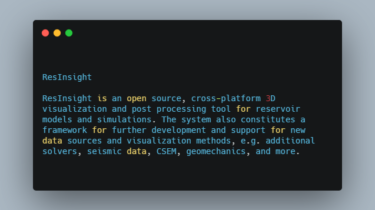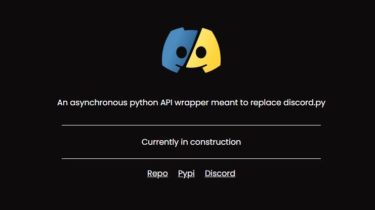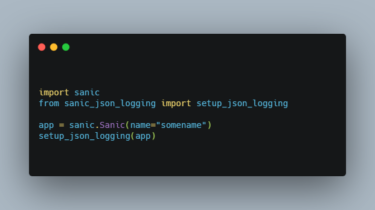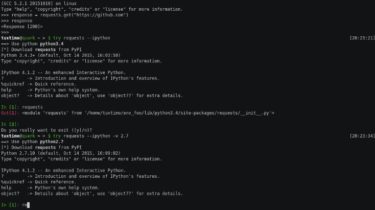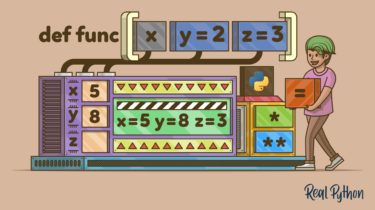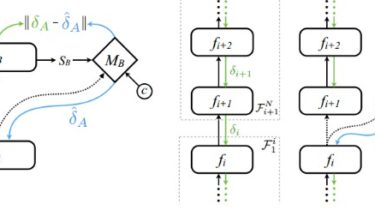3D viewer and post processing of reservoir models
ResInsight is an open source, cross-platform 3D visualization and post processing tool for reservoir models and simulations. The system also constitutes a framework for further development and support for new data sources and visualization methods, e.g. additional solvers, seismic data, CSEM, geomechanics, and more. The user interface is tailored for efficient interpretation of reservoir simulation data with specialized visualizations of properties, faults and wells. It enables easy handling of a large number of realizations and calculation of statistics. To be […]
Read more